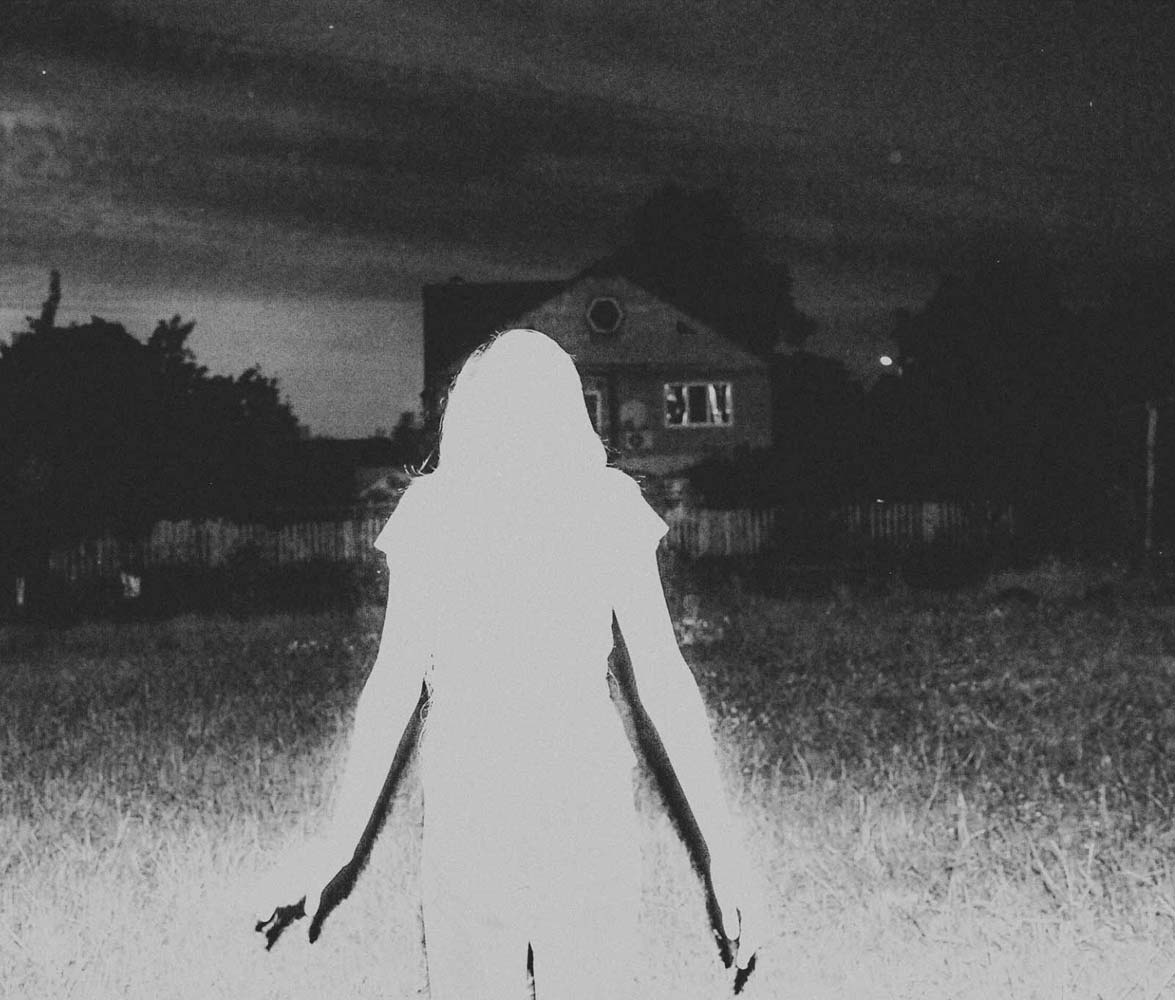EDITORS’ PICK
Originality, depth and essence
THE HUMAN BODY
The Life Framer editors make their pick of the images and stories from our ‘The Human Body’ theme not included in the judge’s selection.
Following Mona Kuhn’s selection of winning images for our theme ‘The Human Body’, this compilation of 20 images represents some of the other talented photographers whose work struck us and left a mark. Some are more literal representations of the Human Body, and others are more abstract, but each one is a stunning image that deserves exposure and demands attention.
These are intended to be a conversation starter… so feel free to join the discussion on our social networks.
(Banner image courtesy of Alesia Gudkova)

Images courtesy of Vincent Gouriou (left) and Steve Wise (right).
“Robbie was playing with matches in his bedroom when he was 4 years old. Things went wrong and he received burns to 95% of his body. He was in a coma for 9 weeks and in hospital for two and a half years. He’s just turned 28. His story is one of pain, struggle, continuing rehabilitation, courage and strength. He’s just like you and me; he enjoys a beer and a cigarette; a chat and a laugh. He has dark times and good times. He has plans to help talk to kids about fire safety and other burns patients about his story and recovery. He’s pretty good at keeping me grounded too” – Steve Wise
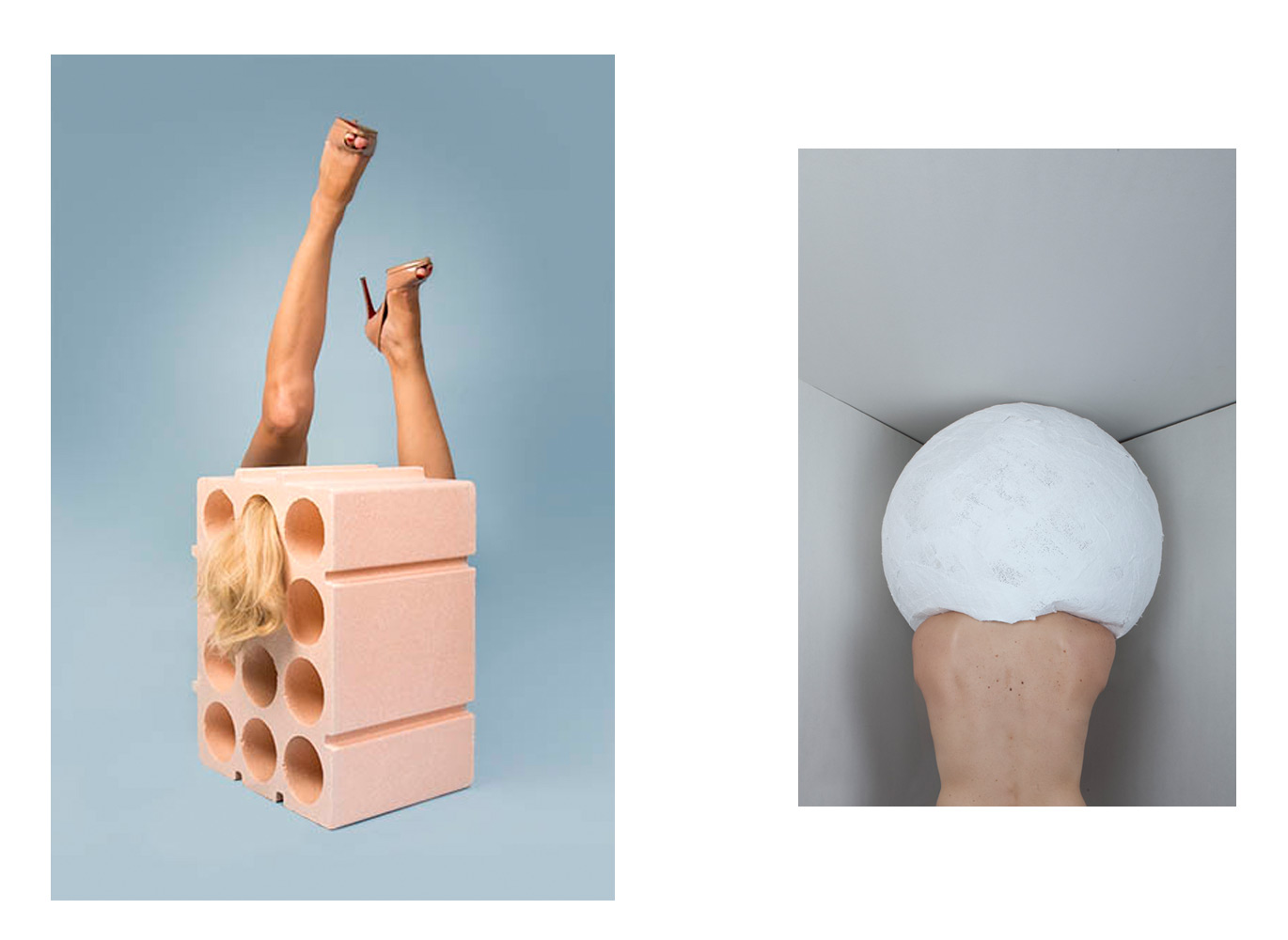
Images courtesy of Marie Mons (left) and Marie-Pierre Cravedi (right)
Image courtesy of Chris Hieronimus
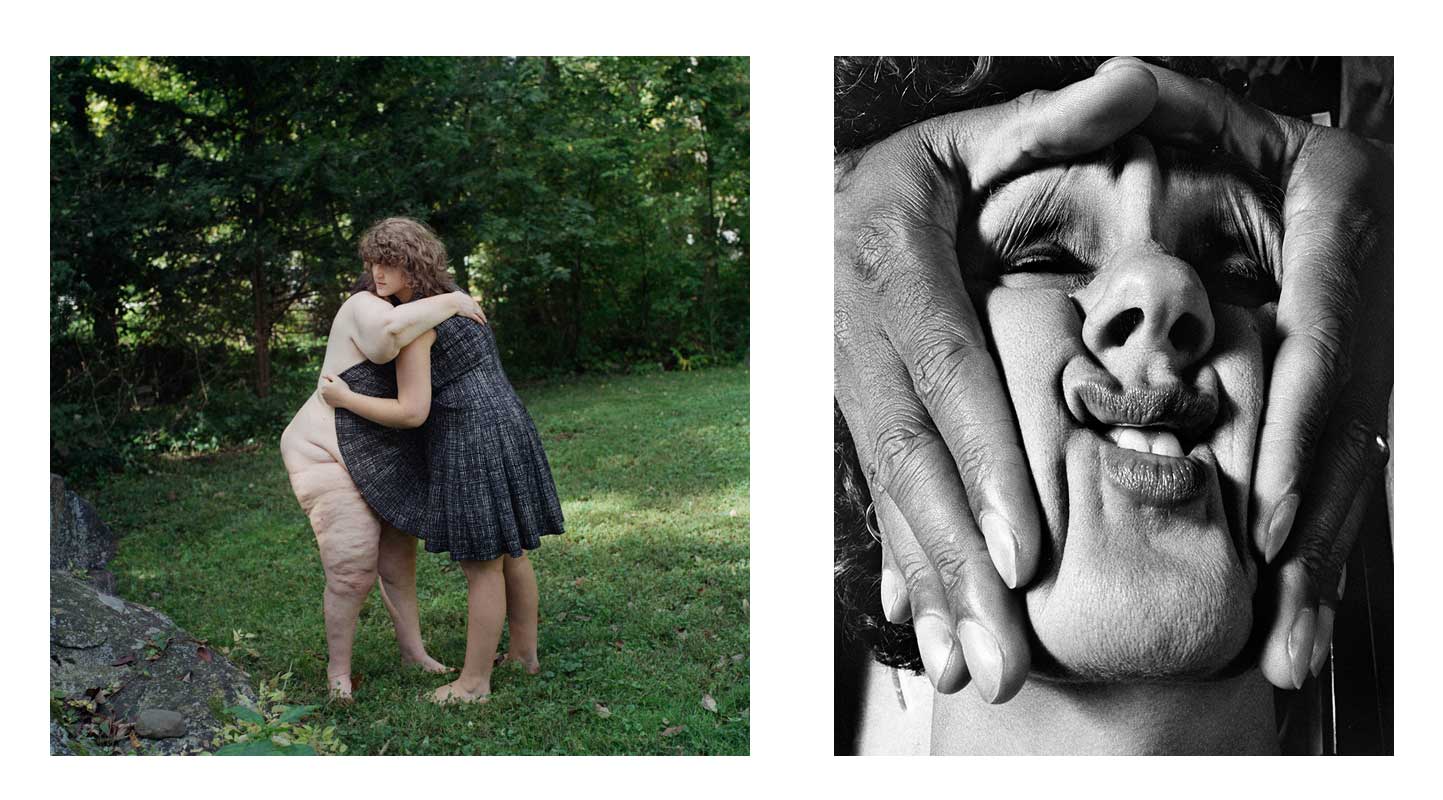
Images courtesy of Leah Edelman Brier (left) and Andrew Foster (right)
“My core interests as an artist surround the female body and its portrayal, more importantly its abjection. The female body exists in different worlds, in the elusive private realm and within the public’s space. Each space contorts our perspective; but both leave us vulnerable. Within my work I cross those lines to bring the unseen forward.
The series ‘Body Becoming’ aims to construct beauty out of what appears outwardly grotesque while questioning the resilience of the body. The images intensify the space between youth and decrepitude as figures within the work take on the roles of mother and daughter. The daughter fears what time has done to the mother, not the mother herself. She fears the weight of flesh, the pull of gravity, the uncertainty of health, things that are set in flesh and blood.
The images reveal the similarities in shape and size that the related bodies take on. The mixing notions of genetic lineage, the process of aging, and the lack of control presented by destiny, exacerbates an anxiety, which speaks to a profound fear of becoming the mother. Working against such genetics is like waging a war on nature. Witnessing this fluctuation of becoming and unbecoming within the work is like watching a fruit ripen past the point of consumption. A series of personal moments enacted for the public to consume. The work pushes normative perceptions of fertility, illness, the abject, and beauty to a placed where those lines are blurred– where the decay is just as beautiful as youth” – Leah Edelman Brier
“I tend to seek out very basic visual elements, deep chiaroscuro and repetition of form. I think I derive a certain comfort or security in being able to find patterns, geometry and perspective in the world; almost to the point where these elements reinforce a sense of order among life’s chaos” – Andrew Foster
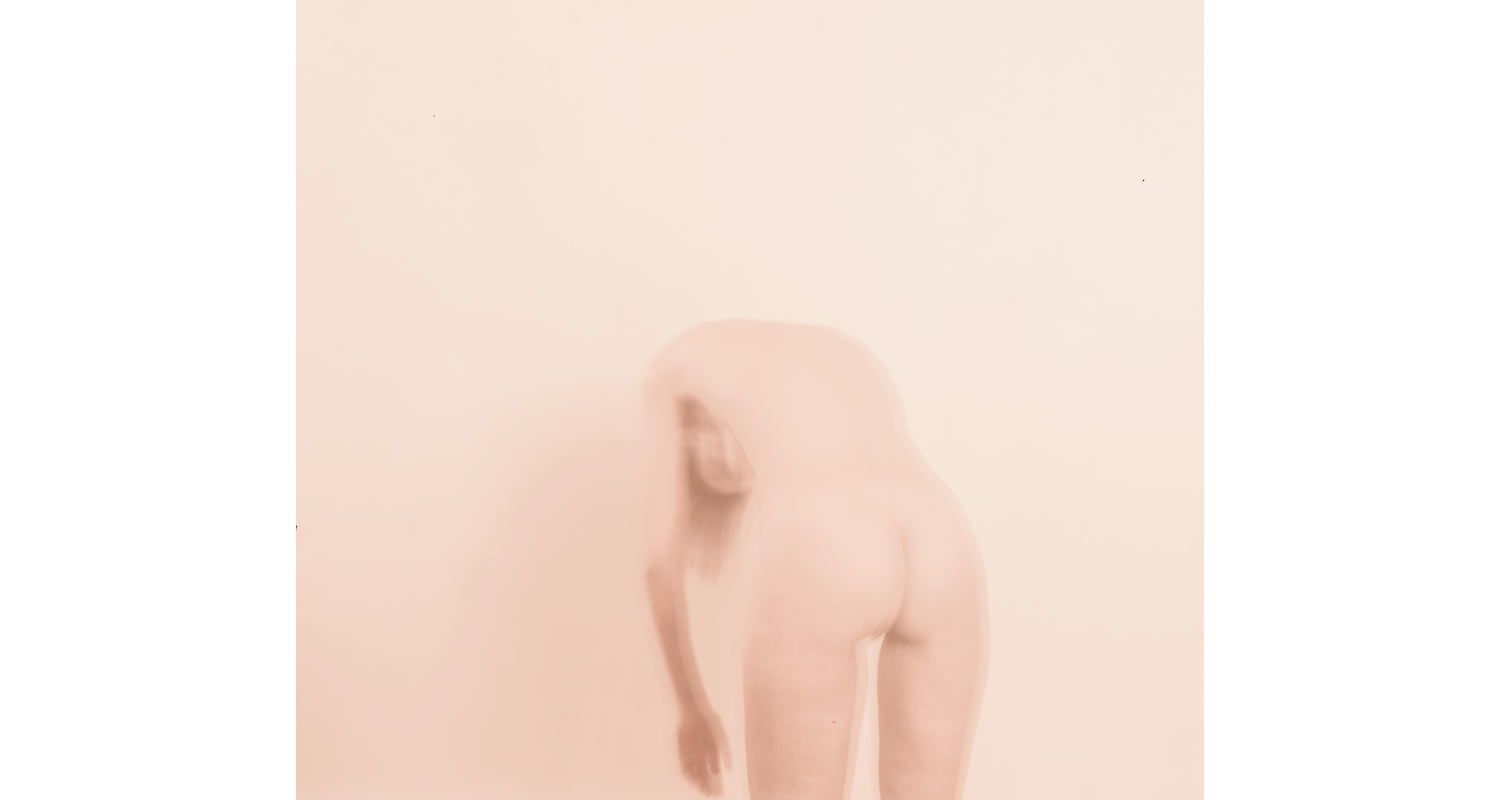
Image courtesy of Nastasia Faivre
Image courtesy of Chad Combs

Image courtesy of Joanne Monk
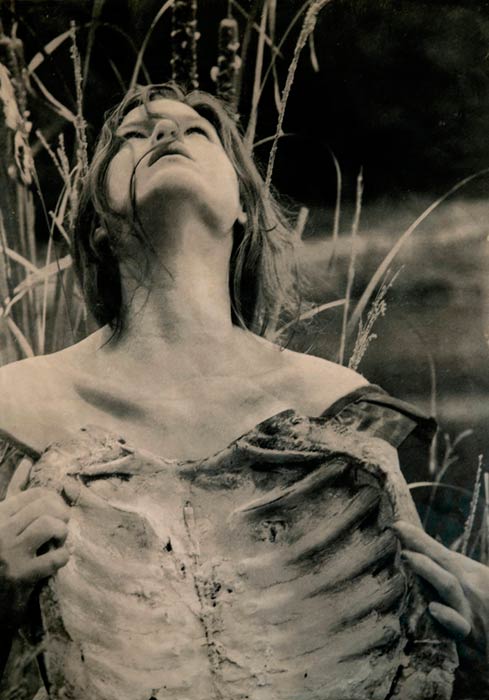
Image courtesy of Jaime Johnson
Aligning with the tradition of Southern Gothic, Jaime Johnson’s cyanotypes articulate humankind’s capacity to decay as a marker of our identity. Set in the swamps and woods of Mississippi, a natural place where one encounters life and death, growth and decay, the series chronicles a woman and her surrounding nonhuman environment. The woman collects the bones, branches, and flora and treads with the animals, both dead and living. Recognizing the deaths of other creatures, this woman observes in death, she, too, will be repurposed and consumed by the earth.
The cyanotype process shifts focus from potentially colorful landscapes and figures to patterns, textures, and the relationships of forms within the images. Tea-staining the prints dulls the blue and adds warmth. Printing on Japanese Kitakata paper, which is prone to ripping, tearing, and wrinkling, reflects the deterioration of nature and gives the prints a feeling of fragility. Untamed ultimately reflects upon the forms, the impermanence, and the interconnectedness of natural life.
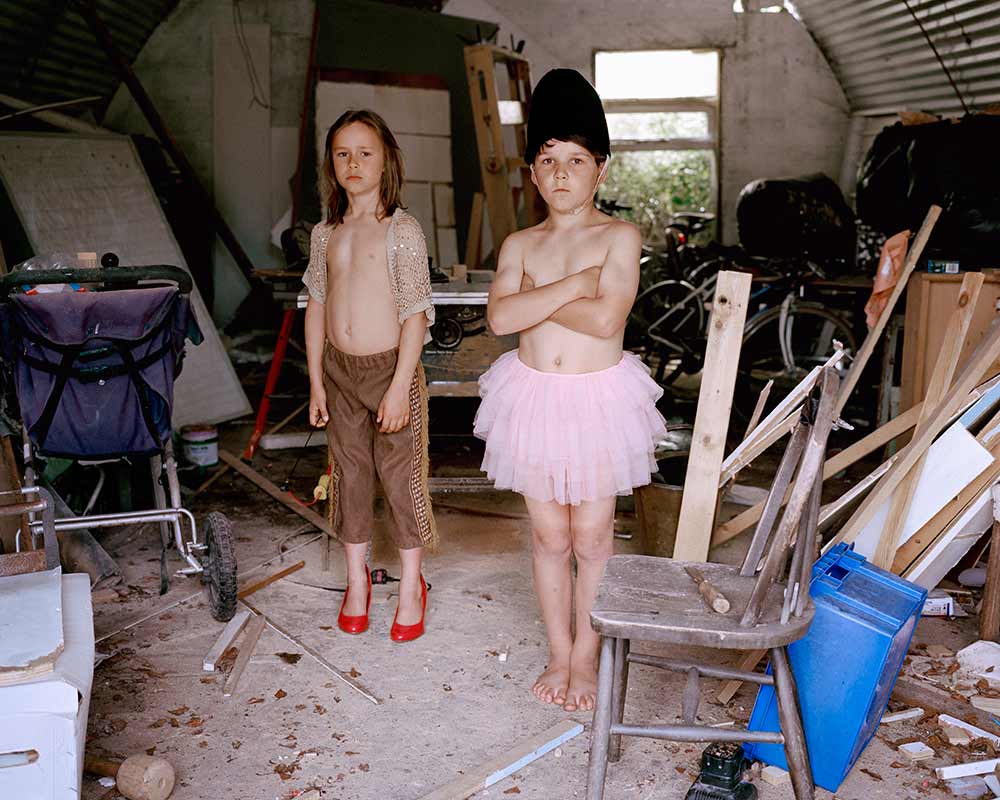
Image courtesy of Melanie Eclare
“Retirement is a thing that can effect people in different ways. Some thrive and use the time to live their life to the full whilst others recluse and switch off. My father is the perfect example of the later. Retiring through ill health took away a sense of purpose and drive to do anything. His physical and mental health has deteriorated over the last two years and has come to an all-time low. Barely communicating with anyone outside the comfort of the family home. This has reduced his social skills and now withdrawals himself from social events. I started to document his on-going retirement in hope it would spark something within him to start living his life again” – Ryan Alsford

Image courtesy of Ryan Alsford
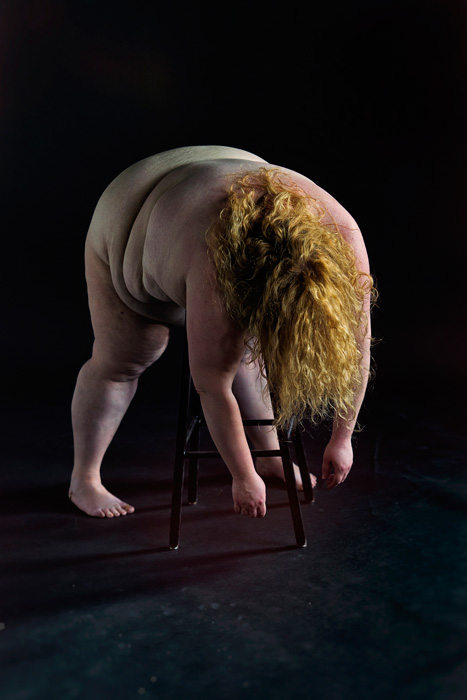
Image courtesy of Jaime E Jonhson

Image courtesy of Claire Eggers
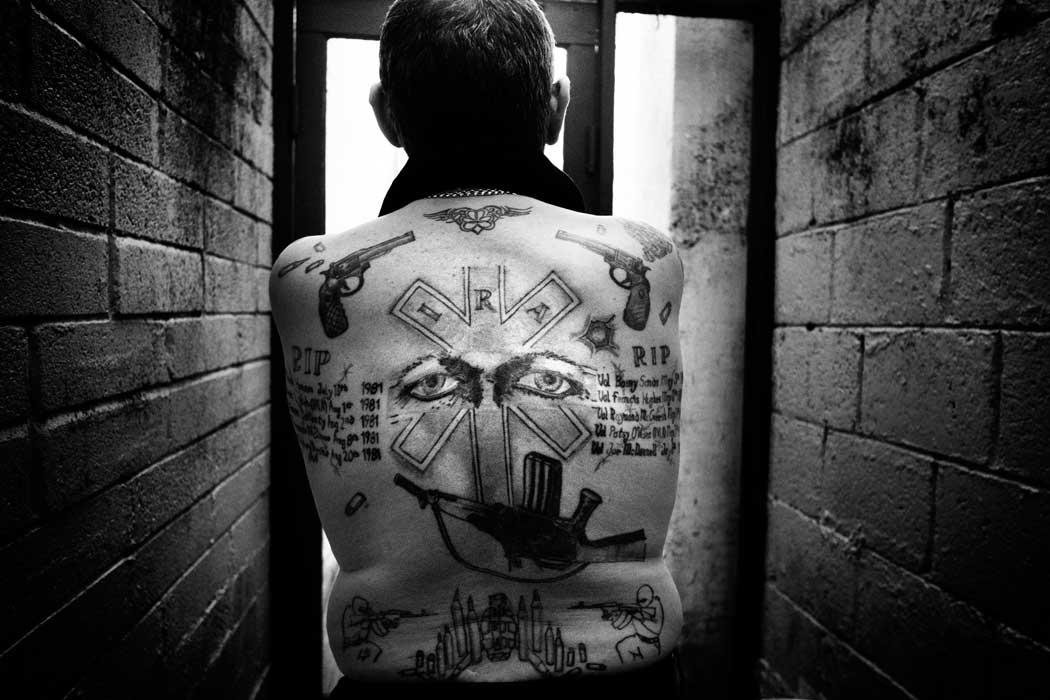
Image courtesy of Erik Messori
“Occupation, nationalism and struggles with identity plague our world’s history. In Ireland in particular, hundreds of years of British rule – which is argued to be the longest war of occupation in the world – has produced generation after generation of independent-minded Irish who have fought for their national identity. Their names are related to infamous organizations, such as the IRA and other pro-independence organizations. Even if there is a treaty of truce, these women and men remain in the fight to achieve their dream of independence. A recurrent dream for which Irish men and women fought during the Easter Rising, a six days armed rebellion that is going to have its one hundredth anniversary in April this year. Their tattoos tell the painstaking story of their lives, fallen friends, past actions. Their bodies bear indelible writings of an ideal and the human price paid to conquer it. Every drop of ink under their skin carries the memory of ancestors and comrades who died in this invisible war. Much has been written about them, especially in the seventies and eighties, during a series of attacks that seemed to never end, and in the collective conscience they are considered to be terrorists and subversive, but little – or almost nothing – is really known about them. This photographic account is an insight into their world, and it serves as a proof of adamant willingness to not give up, but to continue to fight for an Ireland that they will be able to call their own” – Erik Messori
Image courtesy of Silvia Montevecchi
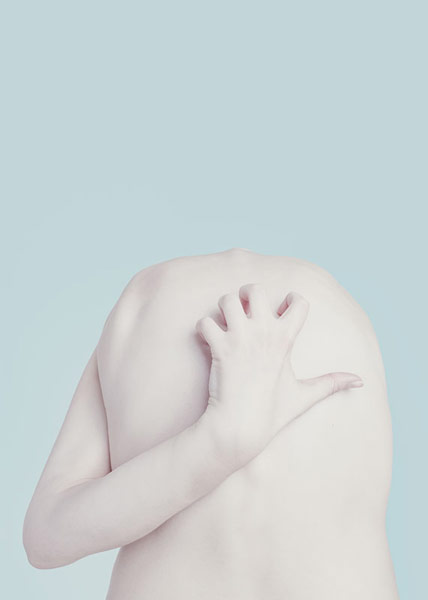
Image courtesy of Emanuela D’Ambrosi
Invisible Monster is a research on human body forms and languages that appear different, strange. Emanuela D’Ambrosi’s idea is that within each of us, under the skin, there is a monster that can be visible if you can observe. The monster that is merely the collection of fear, pain and limitation.
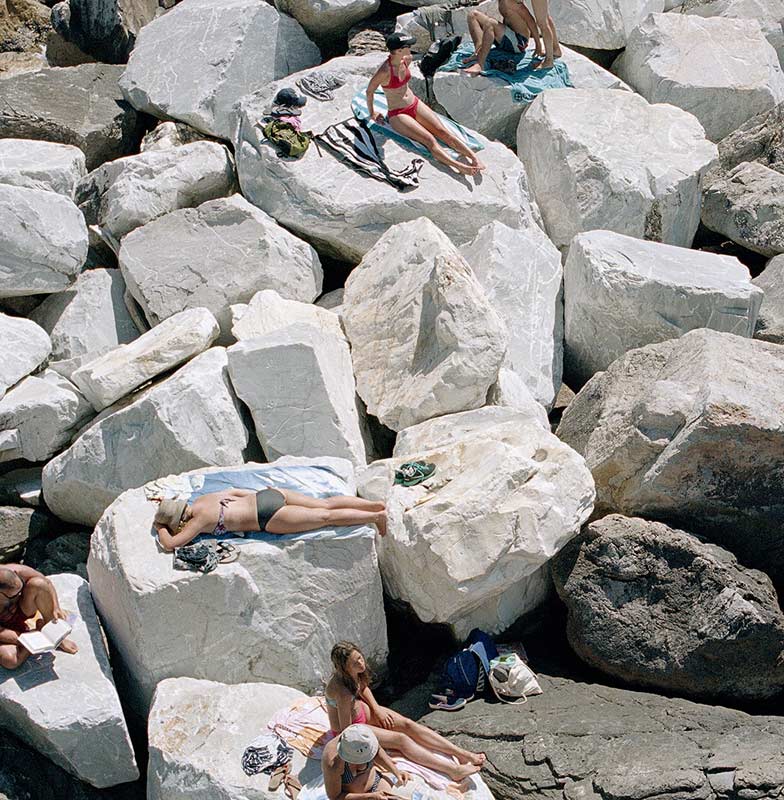
Image courtesy of Teri Romkey
